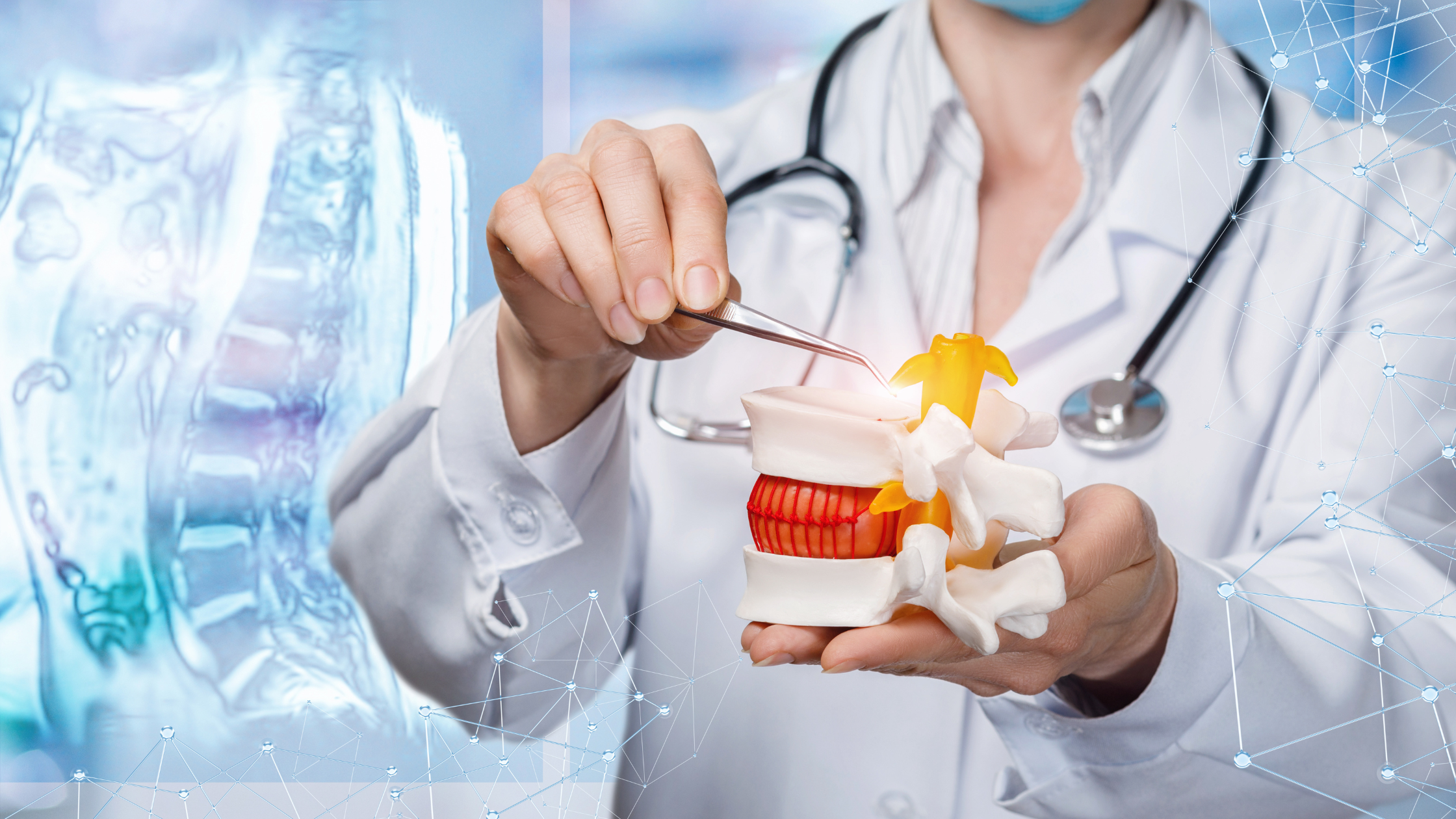
Research done by the Spine Medical Center discloses that roughly 5 million people in the United States are suffering from Discogenic pain. On the other hand, it is confirmed that 40% of all chronic spine pain is majorly linked to a problem in intervertebral discs.
If you are experiencing chronic low back or neck pain, a lot of things might be contributing to your chronic pain. And so, if you lack a herniated disc, another common cause of your pain might be Discogenic pain.
Discogenic pain is presumed to happen in relation to disc degeneration or debasement. This condition tends to destroy both the physical and chemical properties of the disc gradually. However, degenerative discs are not laced with any pain; this is one of the huge problems experts are trying to look into.
You might be diagnosed with this type of pain and know nothing about it. What a tragedy to live with a condition you know not of its symptoms and treatment. This article will help you unearth everything you need to know about Discogenic pain. Read on to find more.
What is Discogenic Back Pain?
Discogenic back pain is a type of back pain that is caused by degenerative disc disease. This is a condition where the discs in the spine start to break down and become less effective at cushioning the spine.
This can lead to pain and stiffness in the back and other symptoms like numbness or tingling in the extremities. Discogenic back pain treatment typically includes physical therapy, pain medication, and sometimes surgery.
It may not be clear what type of pain you’re suffering from, especially if you’re yet to go for a medical checkup. However, if you’re a chronic pain patient, read on to find out some of the symptoms associated with this type of pain.
So, What are the Symptoms ?
Generally, this type of back pain occurs when there is damage to the discs in the spine. Usually, discs act as cushions between the vertebrae, and when they are damaged, they can no longer provide this cushioning effect.
This can lead to pain in the back and legs. The symptoms of Discogenic pain vary depending on the severity of the damage to the discs. The following are the major symptoms to pay attention to when it comes to this type of pain;
- Back pain,
- Leg pain,
- Radicular pain (pain that radiates from the spine).
How Do You Treat It?
If in any case you were diagnosed with Discogenic back pain, you can treat the condition by doing the following;
- Involve yourself in a combination of physical therapy, exercise, and pain medication.
- In some cases, surgery may be necessary to correct the underlying problem.
Treatment for Discogenic pain typically includes physical therapy and/or surgery.
How Does Discogenic Pain Syndrome Occur?
Discogenic pain transpires when there is harm to the discs in the spine. Discs play a monumental role in cushioning the vertebrae. Therefore, when they are damaged, they’re deemed pointless and hence cannot provide the cushioning effect.
This can cause pain in the spine, as well as in other areas of the body. There are many different causes of Discogenic pain, and it is often difficult to determine the exact cause. However, some common causes include degenerative disc disease, trauma to the spine, and herniated discs.
Diagnostic Criteria
The diagnosis of Discogenic pain is made when other causes of spine-related pain have been ruled out and when the pain is localized to the area of the degenerative disc(s). Treatment of Discogenic pain typically involves interventional pain management techniques such as injections or nerve blocks.
Key Takeaway
Understanding the type of chronic pain you are suffering from helps to find optimal ways on how to reduce the condition. However, when you experience leg pain, back or radicular pain, know you’re suffering from Discogenic pain. Therefore, endeavor to seek medication to lessen the condition.
If you want to learn more about Discogenic pain and other chronic pain, visit our website and get in touch with us.

